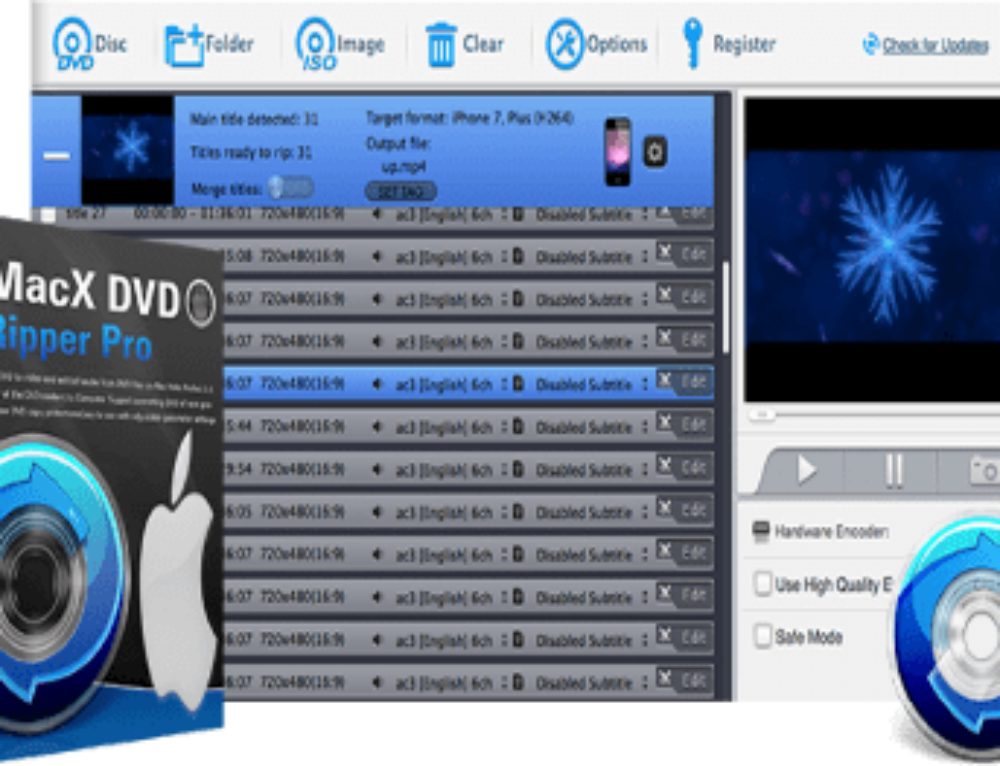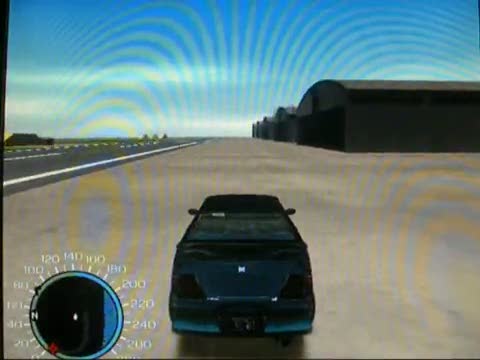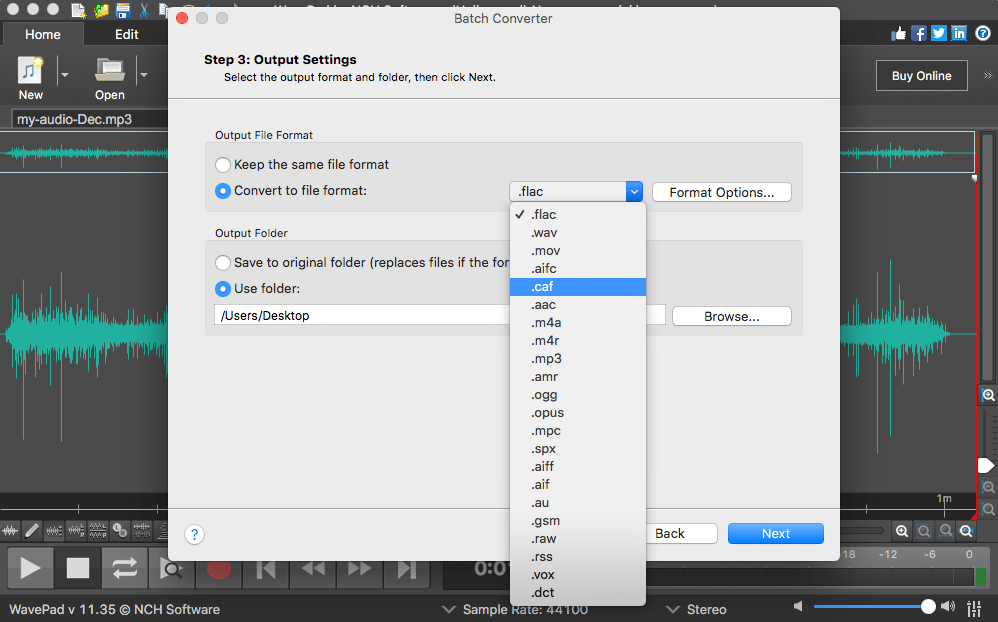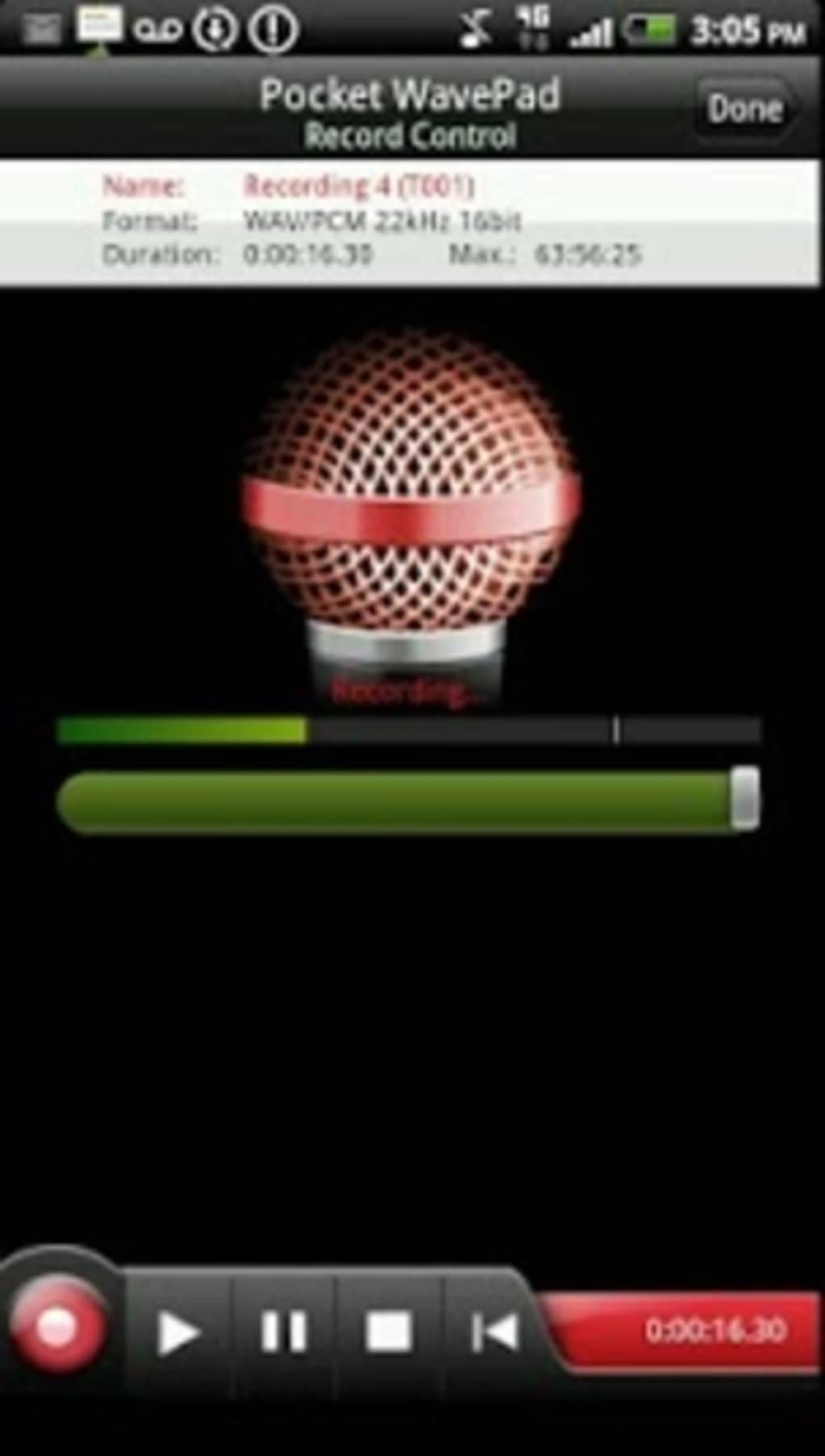
RMS sensing more closely corresponds to the audio level which a human listener would perceive. It will almost always give a higher reading than "RMS" sensing, which uses an average, or Root Mean Square of the window to determine the audio level. "Peak" sensing looks at the highest point in the window of audio which it examines. In it are controls for the following properties of the compressor: Input Level Sensing - Peak or RMS: This controls how the compressor determines the audio level. Advanced Compressor SettingsĬlicking on the "Advanced" button in the Dynamic Range Compressor dialog will open the Advanced Compressor Settings dialog. To change the graph, click and drag the black vertex markers, or click anywhere else to create a new vertex. When the dynamic range compressor is applied it will use the settings from the Graphic tab. The graph will be changed by changes to settings on the Simple tab, but changes to the graph will not be reflected on the Simple tab, because it is possible to represent a wider variety of settings on the graph than is possible in the controls on the Simple tab. The vertical axis shows output volumes on the same scale. The horizontal axis shows input volumes in dB from -60dB to 0dB. The "Graphic" tab of the Dynamic Range Compressor dialog shows a graph which represents the relationship between input and output volumes. Similarly, the maximum Noise Gate Threshold you can set is the same as the current Compressor Threshold. This basically means that, in any situation, the sound will start to attenuate at the Compressor Threshold, but will never be heard louder than the Limiter Threshold. You will find that the maximum Compressor Threshold you can set is the same as the current Limiter Threshold value. This can be useful for reducing or removing softer background noise from a recording. The "Noise Gate" works similarly to the Compressor, except that is reduces the volume of sound below its Threshold. Note that a ratio of 1:1 means that there will be no change in volume it effectively turns the compressor off.


For example, if the ratio is 4:1 and the volume exceeds the threshold by 4dB, then the volume will be reduced to only exceed the threshold by 1dB. The "Ratio" setting defines the ratio of the reduction in volume of sounds which exceed the compressor threshold. The compressor differs from the limiter in that the compressor does allow sounds to go above its threshold (for a short time), whereas the limiter does not. When a signal exceeds the threshold, the compressor gradually attenuates the sound to bring it down below the dB level, and does it in such a way that the listener will not be aware the attenuation is occurring. The "Compressor" reduces the volume of any sound which exceeds its "Threshold" setting. Note that setting the Limiter Threshold to 0dB effectively turns the limiter off, because 0dB represents the loudest signal possible in a digital recording.


Any signal over the limiter threshold would be clipped, which would probably cause distortion. So if, for example, the Limiter Threshold was set to -2dB, then you would never hear the volume level of the recording get louder than -2dB. The "Limiter" defines the maximum decibel level that the sound recording will be allowed to rise up to. While these sound like three different things, they are more accurately viewed as three different ways of using the dynamic range compressor. The "Simple" tab of the Dynamic Range Compressor dialog contains settings called "Limiter", "Compressor", and "Noise Gate". There is also an "Advanced Compressor Settings" dialog for adjusting more advanced features. Changing settings on the Simple tab will also change the graph on the Graphic tab, but not vice versa as the graph allows more control. The Dynamic Range Compressor dialog has two tabs: "Simple" and "Graphic". A CD can handle a much greater range than a cassette tape). It also has a use for recording audio from one medium to another, where the two mediums are not capable of handling the same range of volume levels (e.g.
AUDACITY VS WAVEPAD TV
Effects - Compressor Dynamic Range CompressorĪ dynamic range compressor limits the volume levels of a sound recording so that it stays within a certain loudness range.Īn example of where it is used is in TV broadcasting, where it ensures that the volume levels of ads are perceived as being louder than the television program itself (without any change in the actual broadcast volume).


 0 kommentar(er)
0 kommentar(er)
